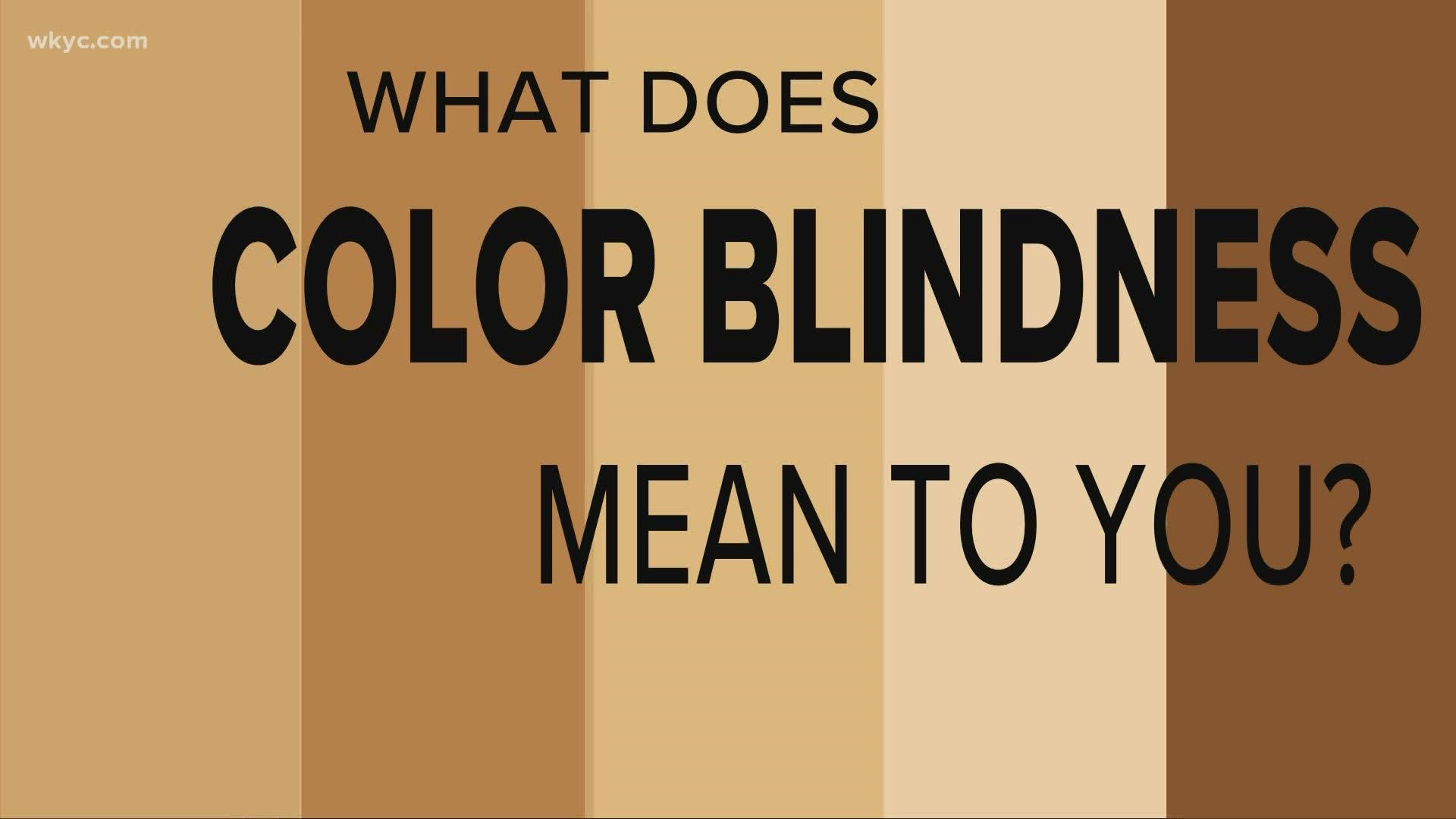CLEVELAND — Acknowledging people and their skin color has been as prominent in the last year and a half as it was in the civil rights era.
Learning how to make our country a more equal place, while still accepting different racial backgrounds, has become lost in translation -- what some might call "color blindness."
3News Reporter Marisa Saenz asked students: What does color blindness mean to you?
“Racism, ignorance, people who just, yeah, aren’t educated,” freshman college student, Andrew Easterling, said.
“It's definitely white ignorance,” high school student, Sophie Hull, said.
“It can just be harmful, especially to people who look like me,” Easterling said.
Think about it, how many times have you heard someone say, "I’m not racist, I don’t see color," or "I’m color blind?"
“In a way we like to think it’s simpler if we just don’t talk about racism and I think that goes hand-in-hand with colorblindness,” Hull said.
“We’re not all the same color and that’s okay because we all have different backgrounds and none of us are the same,” Easterling said. “It’s good to embrace the culture of our skin and just be okay with that and know how to be more conscious about it.”
Easterling and Hull said the issue of color blindness can sometimes prevent cultural learning and understanding in the classroom.
“I think that there is so much education that has been white-washed,” Hull said. “I think that color blindness paints an incorrect version of history and then we have to relearn it. Which, why are we re-learning it? It should be in the curriculum to begin with.”
Yvonne Glass is a counselor who said kids, starting at a very young age, do see color.
"It’s very damaging to be like ‘Oh, no, I don’t see color. It’s unimportant,'” Glass said. “Children as young as six months can make the distinction of color in their caregiver, their primary caregiver. When we start talking about removing that in our teaching of children, a big part of that is children grow up and they’re struggling with this is what the adults say but this is my experience, and how do I reconcile that?”
To build a foundation of acceptance, inclusion, and understanding, Glass said you must start teaching young.
“That’s where the conversation needs to start, that we’re accepting one another,” Glass said. “We want to make sure that at that K-12 level, that we are laying that solid foundation of looking beyond color. We want to pretend like we don’t have difference experiences by being of different ethnicities, but we do”
That conversation is one that young adults say they’re ready to have.
“We all just like want it to stop. We all just want to be educated on each other’s backgrounds, on race, we want to know what’s the right or wrong thing to say,” Easterling said.
“I’ve definitely has moments where I might have canceled out the conversation of color because I’m scared of it,” Hull said.
“To just going with what she said, you don’t have to be nervous or afraid to speak on racism,” Easterling said. “In fact, like, you just being conscious of that I mean like it shows that I’m sure you don’t have like no racist intent or I’m sure you just want to become educated on it."
EDITOR'S NOTE: The video in the player below is from A Turning Point Discussion on Critical Race Theory.

